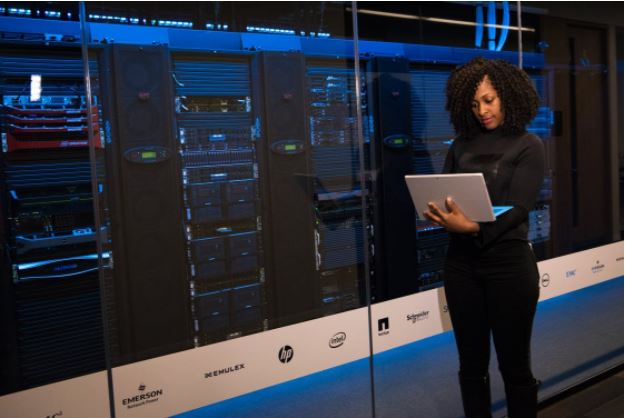For organizations that want to deliver access to workstation software without individually installing the software on every individual’s devices, desktop and application virtualization are both viable solutions. However even though desktop and application virtualization are nearly the same, they have key differences and are implemented in different ways.

If you’ve been wondering whether desktop or application virtualization are right for your organization, we’re going to compare their uses so you can decide better.
What is desktop virtualization?
Desktop virtualization is where employees or organization members have access to an entire desktop environment, but the desktop is running remotely on a host machine. It’s useful for various scenarios where an employer, for example, needs to give access to an entire operating system to employees.
This is especially useful for work-from-home and BYOD arrangements in the workplace, such as when an employee owns a Mac laptop, but the company uses Windows 10 software with no Mac version available. The employee can simply run a VMware on their Mac which puts the company’s Windows 10 system in a box on the employee’s desktop, so they can interact with it as if using the entire Windows 10 system and all of the software the employer has installed on the host workstation machine.
What is application virtualization?
In applications virtualization, an organization will give access to software delivered to the client-side devices. It is typically done through cloud services, web portals, and other solutions that don’t always require a virtual desktop environment.
The applications are installed on workstation servers, and are streamed to the client-side, which means resources on the host-end go towards the apps, rather than simulating an entire desktop environment.
Furthermore, apps can be streamed to several different devices and platforms, regardless of operating system compatibility. This is useful in scenarios where an organization has only a handful of select apps and does not need to deploy the virtualization of an entire desktop environment. For example, an architecture design company might virtualize their 3D CAD software for employees, but the employee does not need to work within a desktop environment, only the mentioned software.
When to use VDI vs App Streaming
Situations that you would want VDI (virtual desktop infrastructure)
- Your business depends on Windows desktops and you need to make sure employees can access all applications.
- Your employees need to access a full desktop environment that uses an OS other than the one they use on their devices.
- You have a full in-house IT team to manage all the technical aspects and you want a more stable alternative to application virtualization.
Situations you would want to use application virtualization
- Only a few applications are necessary for your team instead of an entire desktop environment.
- Your remote workers have less-than-recommended hardware specs on their personal devices and you want to ensure application performance does not hinder productivity.
How to decide which is best for you
The biggest consideration is whether desktop virtualization will be beneficial with all of its capabilities, or if a more limited application virtualization provides exactly what your team needs. Desktop virtualization requires a bit more overhead and management on the IT side, whereas virtual app delivery clients are relatively cheaper.
Interesting related article: “What is Technology?“

